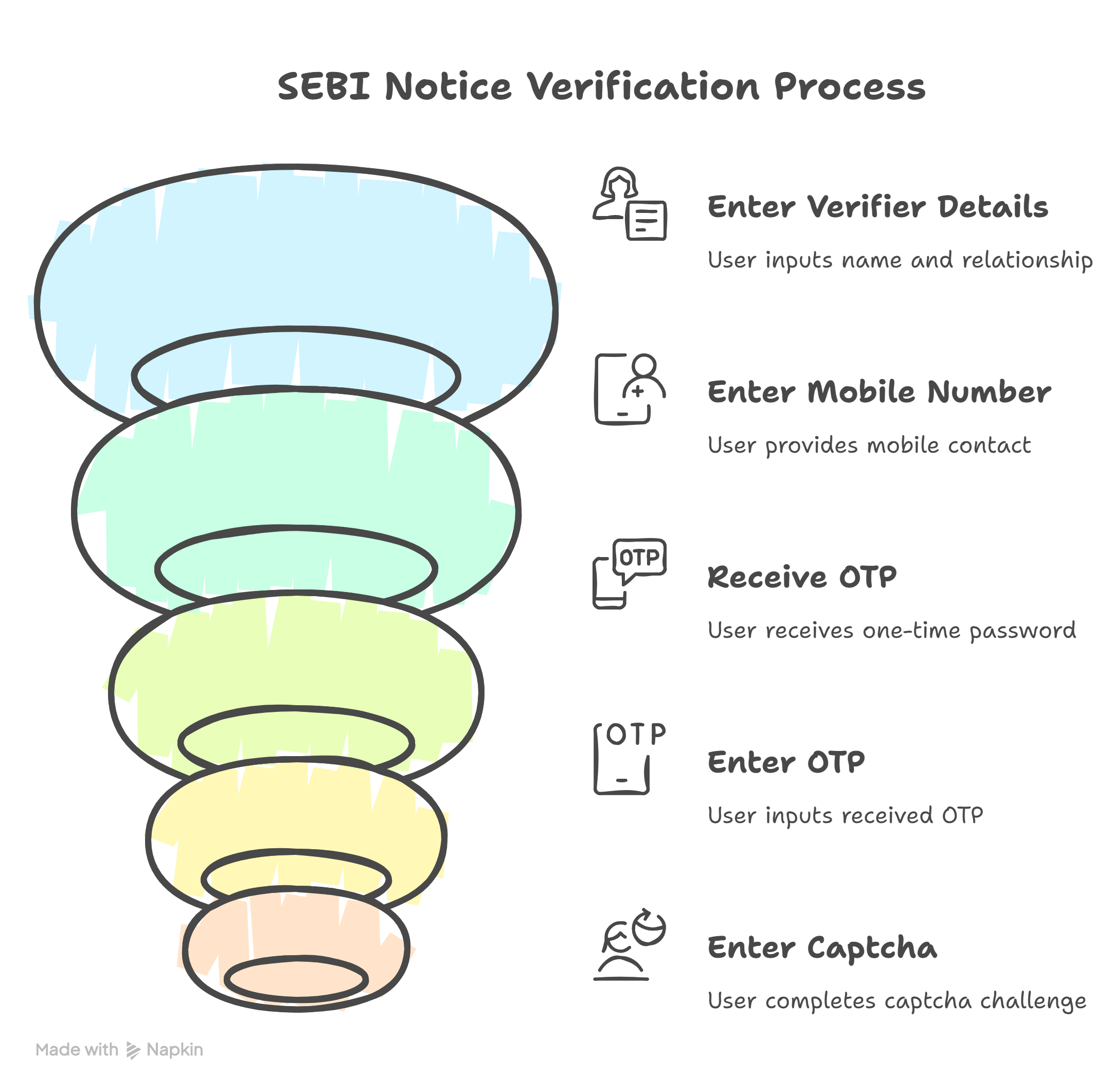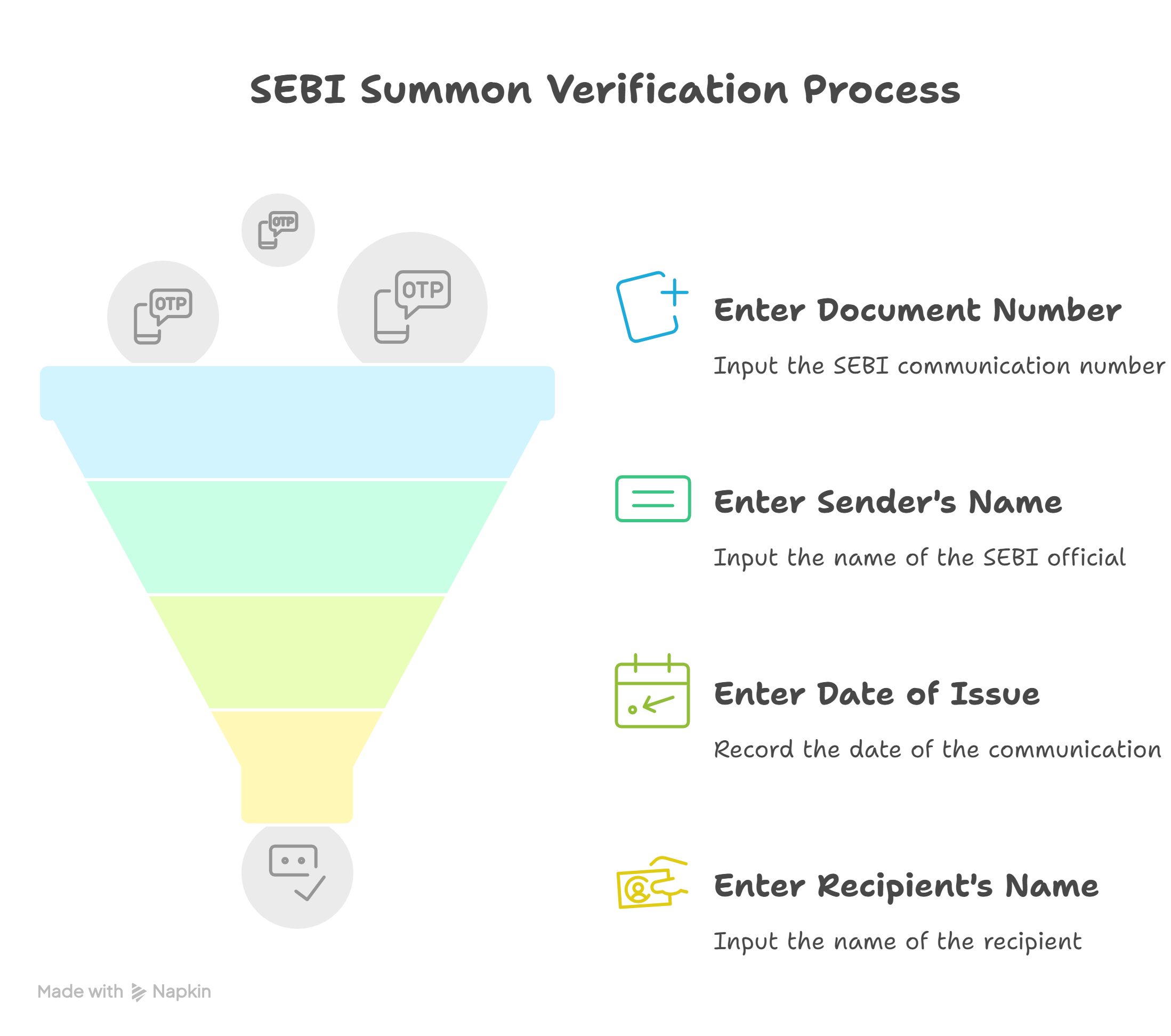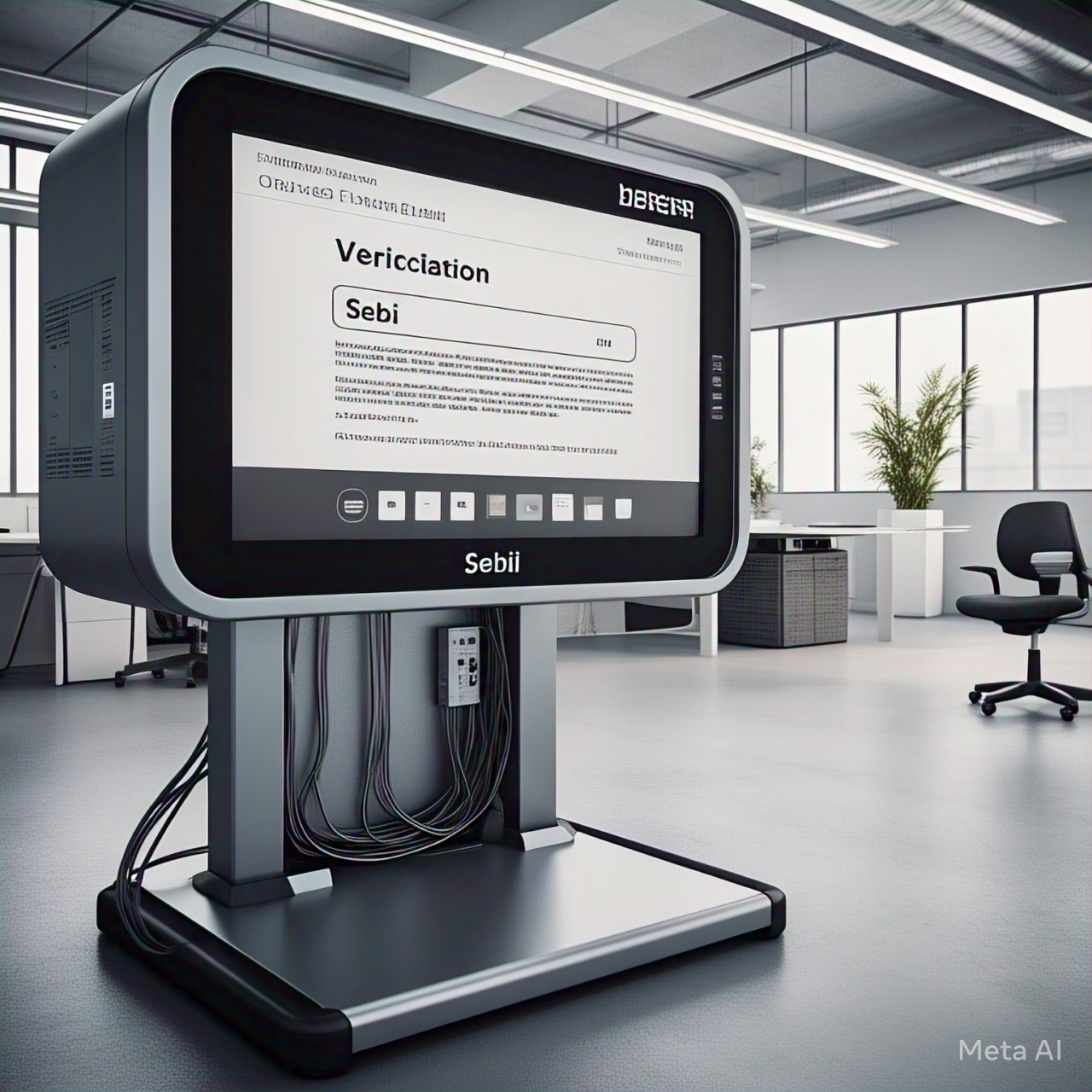The Securities and Exchange Board of India (SEBI) has recently introduced a document number verification system that allows individuals to verify the authenticity of letters, notices, show-cause notices, and summons. In this write-up, we will discuss SEBI’s document number verification system and compare it with the systems adopted by India’s leading investigative agencies such as the Central Bureau of Investigation (CBI), Enforcement Directorate (ED), and Serious Fraud Investigation Office (SFIO).
Genesis of the Document Verification Facility: A letter or summons from a regulatory or investigative agency like the CBI, ED, or SFIO can be a source of great distress. Unfortunately, scammers have exploited this fear, issuing fake summons and notices to extort money from unsuspecting citizens. In the digital age, this menace has become more rampant. The CBI has encountered numerous cases where individuals, upon receiving fake summons, presented themselves for investigation. However, upon verification, these summons were found to be fraudulent, leading to investigations into the scamsters behind the fake documents.
Often, recipients of these fake summons, under immense mental pressure, turn to middlemen or “liaisoners,” who charge exorbitant amounts to “settle” a non-existent case. To combat this, investigative agencies have introduced systems to verify the authenticity of summons and notices.
SEBI’s Document Number Verification Mechanism: SEBI has developed a simple and accessible system for verifying the authenticity of documents issued by it. The mechanism is available on the SEBI website and can be used by anyone to confirm the legitimacy of a document. Here’s how you can verify the authenticity of SEBI notices, summons, and show-cause notices:

Steps to Verify SEBI Documents: The recipient of the SEBI communication (or any person acting on their behalf) must visit the SEBI Document Verification System (SEBI-DNVS) page on SEBI’s website.

A) Enter the following details:
- Name of the verifier*
- Relationship to the recipient of the SEBI communication* (If the verifier is the recipient, enter ‘self’)
- Mobile number used for verification*
- OTP received on the mobile number*
- Captcha code*
B) Once the OTP is successfully verified, enter the following details:
- Outward number (as quoted in the SEBI communication)
- Sender’s name (the SEBI official who signed the communication)
- Date of issue of the communication
- Name of the recipient
This process will confirm the authenticity of the SEBI document. However, the content of the document cannot be verified through this system. For content-related queries, the verifier must contact SEBI directly via the email or mobile number mentioned in the document.
If you are unable to verify a SEBI document using this process, it could either be forged or there may be some discrepancies. In either case, it is advisable to contact SEBI at dnvs@sebi.gov.in for further clarification.
Comparison with ED, CBI, and SFIO
Enforcement Directorate (ED): ED’s verification system involves an Assistant Director level officer who can assist with document verification. To verify the authenticity of an ED summon, you need to enter the summon number and passcode. The system will display details such as the name of the summoned party, the officer’s name and designation, and the date of the summon. Unlike SEBI’s system, there is no OTP verification required, and you don’t need to enter additional details like the issuing officer’s name or recipient’s name.
Criminal Bureau of Investigation (CBI): Similar to ED, the CBI provides a mechanism for verifying the authenticity of documents, though it requires direct contact with officials for verification. The process may involve a more manual approach, including communication with the relevant department to confirm the legitimacy of the summon or notice.
Serious Fraud Investigation Office (SFIO): SFIO’s system is the simplest. To verify a summon from SFIO, you only need to enter the DIN number (Document Identification Number) mentioned in the summon, complete the captcha, and the system will automatically display the document’s authenticity.
Conclusion: SEBI’s document verification system offers a user-friendly, secure way to authenticate notices and summons issued by the regulatory body. While SEBI’s process is thorough and requires some user input, it ensures that individuals can easily verify the authenticity of SEBI communications. In comparison, the verification systems employed by ED, CBI, and SFIO offer varying levels of complexity and automation. Nonetheless, these systems collectively help in combating the growing issue of fraudulent documents and provide greater security for individuals dealing with regulatory agencies.



